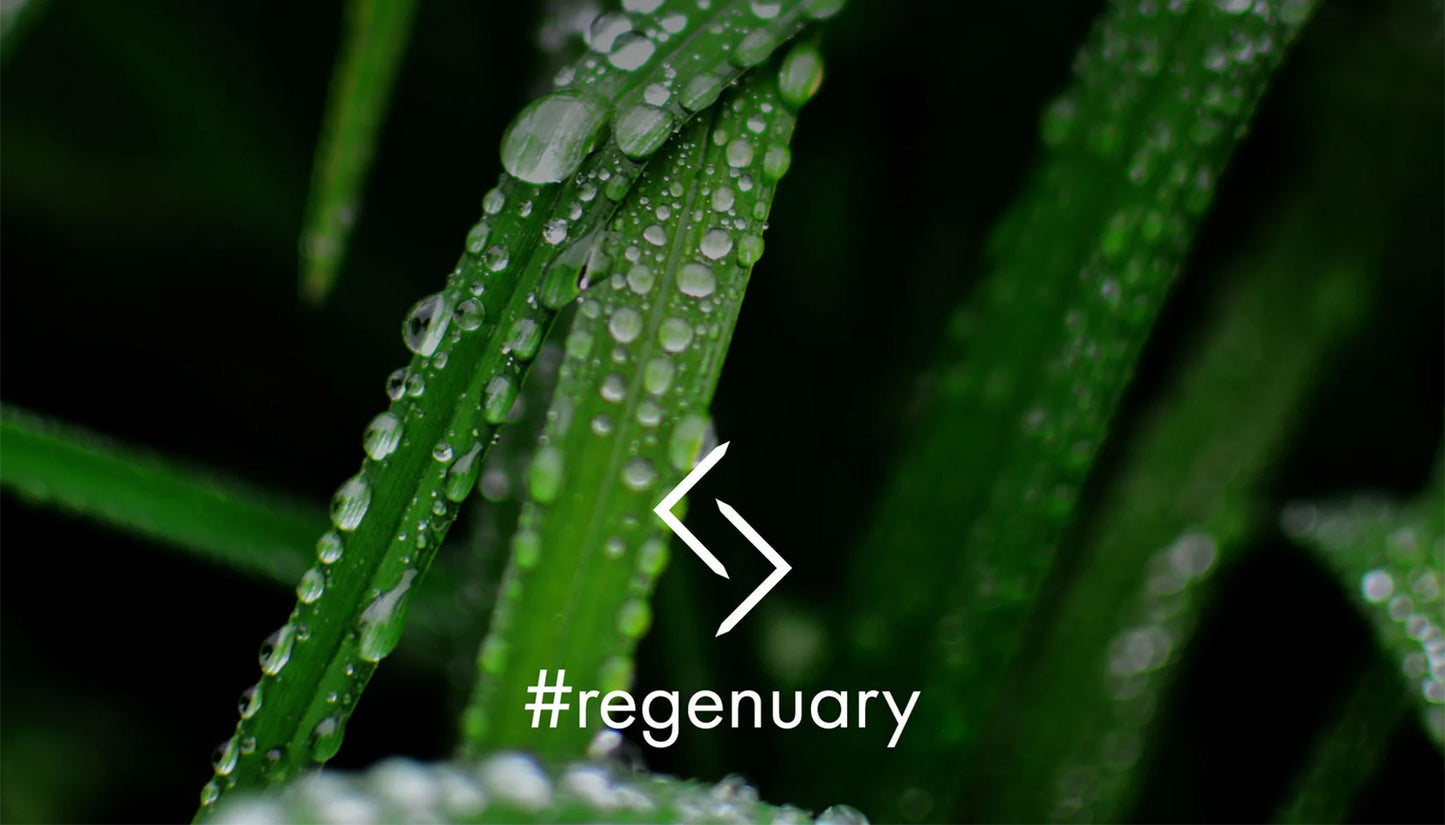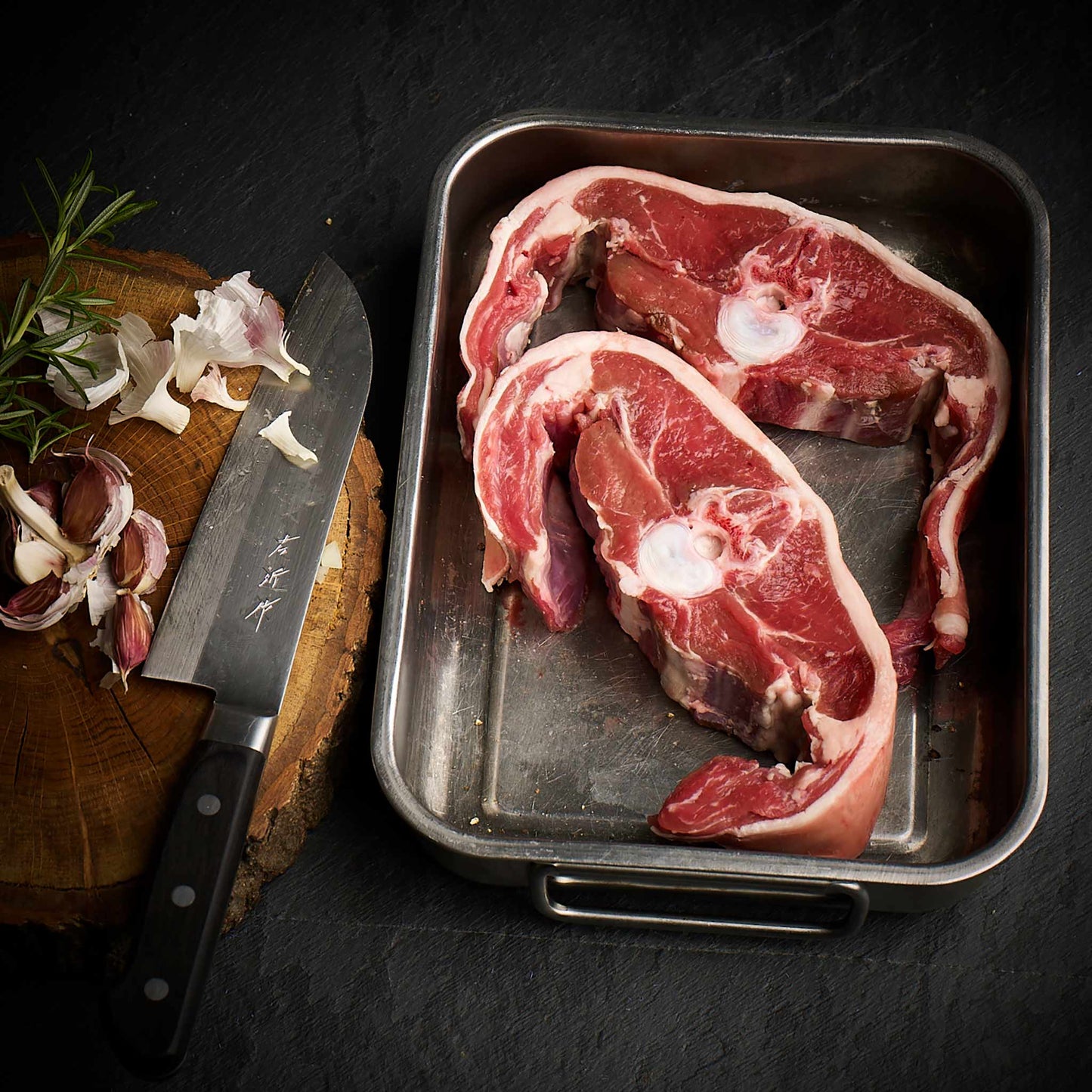One of the statistics we often have thrown at us concerns how much water is used in the production of beef. Some very high figures are bandied about – one statistic
here suggests it takes a staggering
1,847 gallons of water to produce 1lb of beef — that’s enough water to fill 39 bathtubs all the way to the top. So how was this figure calculated and what does it mean?
From the same source as that figure comes this explanation:
https://www.denverwater.org/tap/whats-beef-water
A beef cow eats thousands of pounds of grass, corn, grains and soybeans during her lifetime, and water is necessary to grow this diet. That’s why the production of animal products like meat, dairy and eggs requires more water than producing fruits (115 gallons of water per pound) and vegetables (39 gallons of water per pound).

From this we can deduce that in this calculation it's the production of arable crops – grass, corn, grains and soy beans – that 'use' the water, rather than the cows.
But how do these crops even use that much water and how does this figure change if we don't feed crops to cows? Let's consider the water available to us.
The amount of water on the planet is finite. It's the same now as it always has been. There are 1,400 million cubic kilometres of it on Earth and circulating through the hydrological cycle.
If the amount of water is always the same, why should we even consider where it is?
The issue is the same as with carbon: it's not how much of it there is but where it is and in what form. So instead of saying a type of agriculture 'uses' water, let's say it 'borrows' water, as it is not being destroyed unless it becomes so severely contaminated that it can't perform a vital function elsewhere or we are diverting water from a natural process to an agricultural one and that this is causing an imbalance in nature.
First we need to define the types of water we talk about in agriculture. Water used in any kind of agriculture is classified as green, blue or grey.
Green water
Green water is rainwater that falls on the fields, with some absorbed by the plant. When this happens it is released by evapotranspiration, and reenters the atmosphere where it can then re-fall as rain later, sometimes within just a few hours.
Blue water
Blue water comes from rivers, lakes and groundwater, and is used by the crop to grow or for animals to drink in a trough.
Grey water
Grey water is polluted due to pesticides in agriculture and nutrients from fertilisers.
Let's consider how water is cycled in different types of agriculture. About 99 per cent of all livestock spends some final portion of their life 'finishing' in a feedlot or concentrated animal feeding operation (CAFO), where they eat mostly corn- and soy-based feed, along with forage like alfalfa. The other approximately 1 per cent continue to graze on pastureland and are given little supplemental feed. Both systems have a very large green water footprint because both rely heavily on rainfall. Pastureland grasses, and most corn and soy crops, are typically not irrigated.
So can we even consider that this water has been 'used'?
When is water diversion a problem?
A good example of water diversion causing problems is found in almond or avocado farming, as these crops are often grown in very arid places where water is scarce.
Almonds are a thirsty crop. One acre of mature trees requires roughly 1.3 million gallons of water a year. When this comes from green water, no problem.
Most of the world's almonds are grown in California, US, which is facing a water crunch. The state's almond growers now account for 10 per cent of water use in the state — a number that's soaring as people worldwide eat more almonds and chug more almond milk. Almond growers, we're told, now use three times as much water as the entire city of LA.
This is a problem because of water scarcity, not because of water usage. The same is true of avocados.
Two thousand litres of water are needed to produce just one kilo of avocados – four times the amount needed to produce a kilo of oranges, and 10 times what is needed to produce a kilo of tomatoes, according to the Water Footprint Network.
Major supermarkets in the United Kingdom source avocados from Chile's Petorca region, the country's largest avocado-producing province. To meet demand, Petorcan plantations are installing illegal pipes and diverting water from rivers to irrigate their crops. That diverted water is leaving villages in the region in drought conditions.
The impact of this water being used — water that's been diverted from villagers — are serious and far-reaching.
Villagers are using contaminated, trucked-in water, and they're getting sick. Each person is given 50 litres of this contaminated water per day, which isn't enough.
The situation is causing irreversible damage to local ecosystems.
Small farmers can't grow food or raise animals so they're leaving the region.
Water advocates are receiving death threats and other forms of intimidation. Some protestors have lost their jobs.
[https://www.vox.com/2015/4/14/8407155/almonds-california-drought-water]
The situation in Mexico is no better.
Around 9.5 billion litres of water are used daily to produce avocado – equivalent to 3,800 Olympic pools – requiring a massive extraction of water from Michoacán aquifers. Excessive extraction of water from these aquifers is having unexpected consequences, such as causing small earthquakes.
As an online butcher we wonder what the reaction would be if the farming of our products caused earthquakes! Pardon the pun but we shudder to think, and yet this is exactly what is happening to grow avocados – we just don't see it because it's 5,500 miles away.
What about other beef production?
Industrial producers also get a portion of their feed from irrigated grains, which enlarge their blue water footprint. Pastureland systems occasionally require irrigation or provide irrigated supplemental feed. This, in turn, expands its blue water footprint.
The details of these systems are discussed below.
Industrial beef has a sizable grey water footprint because of nutrient runoff (eg nitrogen and phosphorus) from fertilisers and pesticides applied to the corn and soy crops, and contaminated runoff from mismanagement of cattle manure, monocrop grains and vegetables produced by conventional agriculture.
Pasture-raised beef can have zero grey water footprint because there is no pollution from runoff of fertilisers and pesticides.
Holistically managed beef and lamb creates new soil hummus, meaning the landscape as a whole becomes more able to use green water and hold on to it for times of drought.
As beef is 75% water by weight, your 1lb steak is actually comprised of less than 1 pint of water.
You eat the steak, absorb the water and it is excreted as sweat or urine, the sweat evaporates and the urine becomes grey water, but not very much at all...
So next time someone comes at you with some nonsense about beef using up all the water, set them straight. Yes, producing beef borrows some water, but in the 2.5 million years since our ancestors started eating meat, we haven’t lost a drop yet.






